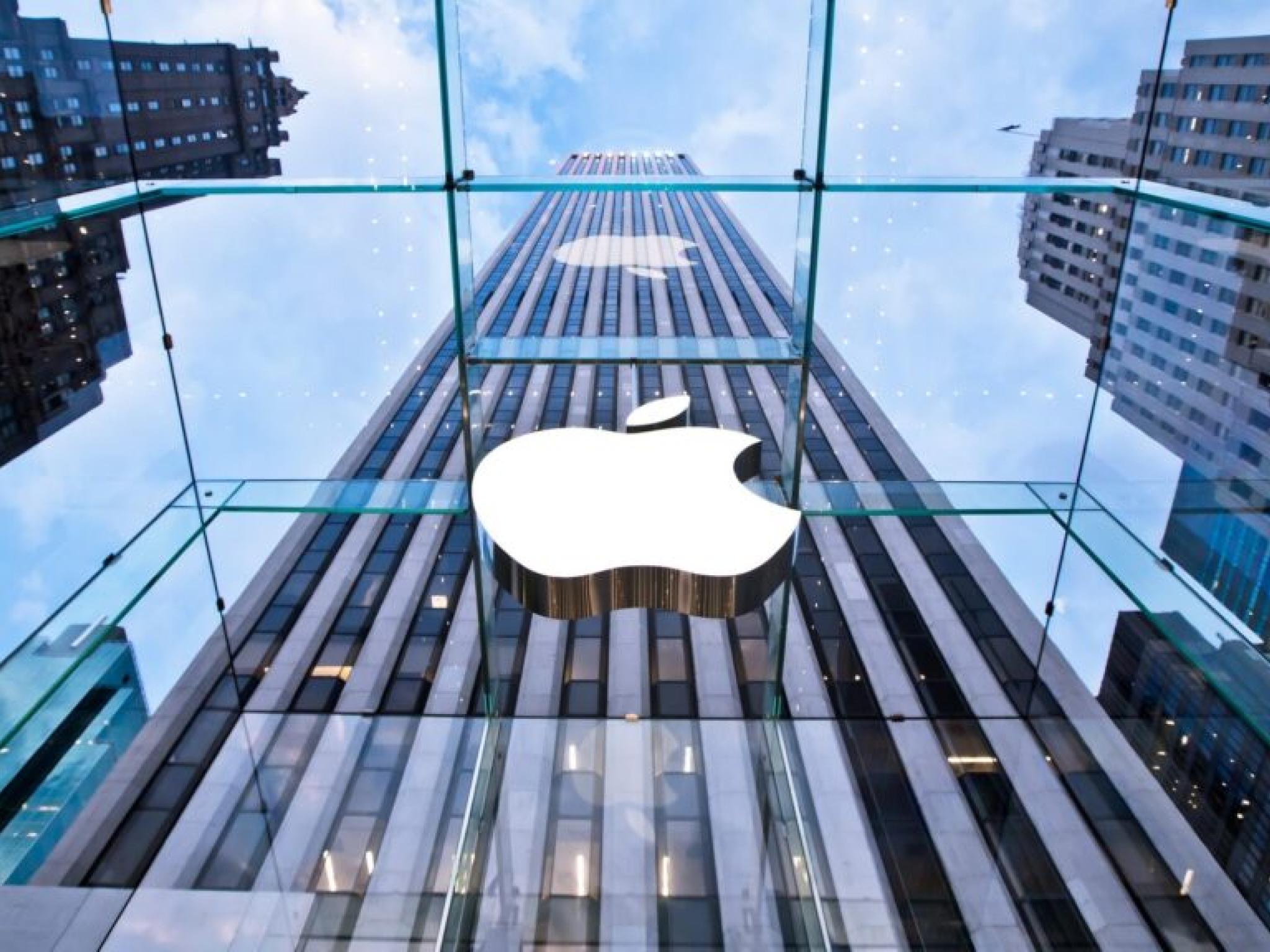Tim Cook's Goal To Slash Assembly Workers By Up To 50% Faces Setback: Apple Reportedly Facing Precision Issues With Robots While Assembling iPhones
Author: Rounak Jain | June 25, 2024 07:17am
Apple Inc.'s (NASDAQ:AAPL) plans to significantly reduce its iPhone assembly workforce by as much as 50% over the next few years and is facing headwinds due to precision issues, according to a recent report.
What Happened: The Cupertino-based tech giant is looking to scale back on human workers in favor of automation, a move that could have significant implications for international labor markets, reported The Information.
The decision is partly influenced by the challenges Apple faced during the COVID-19 pandemic, which caused supply chain disruptions and delays.
In 2022, a riot at Foxconn’s main iPhone factory in Zhengzhou, China, brought attention to the poor working conditions and low wages.
This led to Apple’s senior vice president of operations, Sabih Khan, issuing a directive to reduce the number of workers on iPhone final assembly lines by up to 50% over the next few years.
Subscribe to the Benzinga Tech Trends newsletter to get all the latest tech developments delivered to your inbox.
As a result, Apple is reportedly reviving old automation projects and investing heavily in new ones. This push for automation could potentially reduce production costs, but it also requires significant investment in machinery, which some of Apple’s manufacturing partners are hesitant to make.
See Also: Apple To Exclude Key Features From iOS 18 And macOS Sequoia For EU Customers: Here’s Why
Automation could also help Apple avoid the issues associated with human workers, such as illness, demands for better conditions, and accommodations. However, there have been challenges with the robots used for testing, raising questions about the impact on China’s labor force, which supplies millions of workers to Apple’s supply chain.
Why It Matters: Apple’s reliance on international workers has been a long-standing issue. In 2022, violent protests erupted at Foxconn’s main iPhone-making plant in China over strict COVID-19 norms and unpaid dues. This was followed by the departure of over 20,000 employees, hindering the company’s production targets.
Apple’s automation efforts have been supported by acquisitions, such as Canadian startup DarwinAI, which specializes in creating AI technology for inspecting components during manufacturing.
The acquisition is part of Apple’s significant push into generative AI, which could be a game-changer for the company, as it focuses on running AI on devices rather than entirely in the cloud.
Despite the potential benefits of automation, the move could have significant implications for China’s labor market, which supplies millions of workers to Apple’s supply chain. The reduction in labor could have a negative impact on China’s economy, with a further reduction in consumer consumption.
Check out more of Benzinga’s Consumer Tech coverage by following this link.
Read Next: Under Pressure From Elon Musk, Linda Yaccarino Reshuffles X To Focus On Boosting Sales And Reducing Costs
Disclaimer: This content was partially produced with the help of Benzinga Neuro and was reviewed and published by Benzinga editors.
Photo courtesy: Shutterstock
Posted In: AAPL





